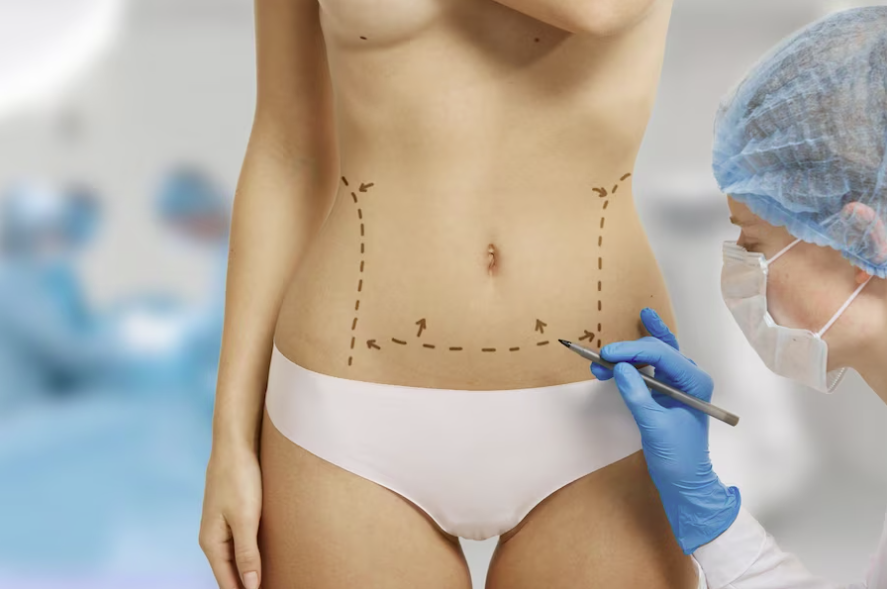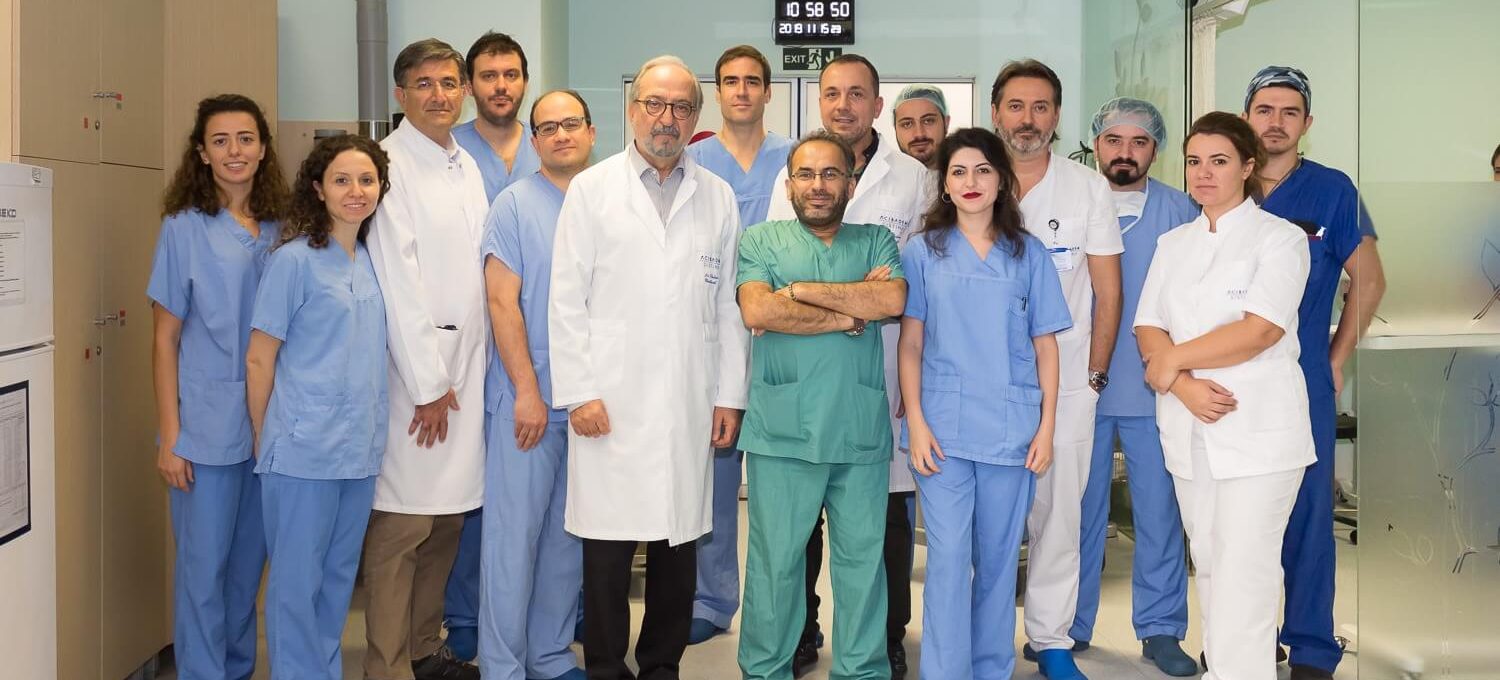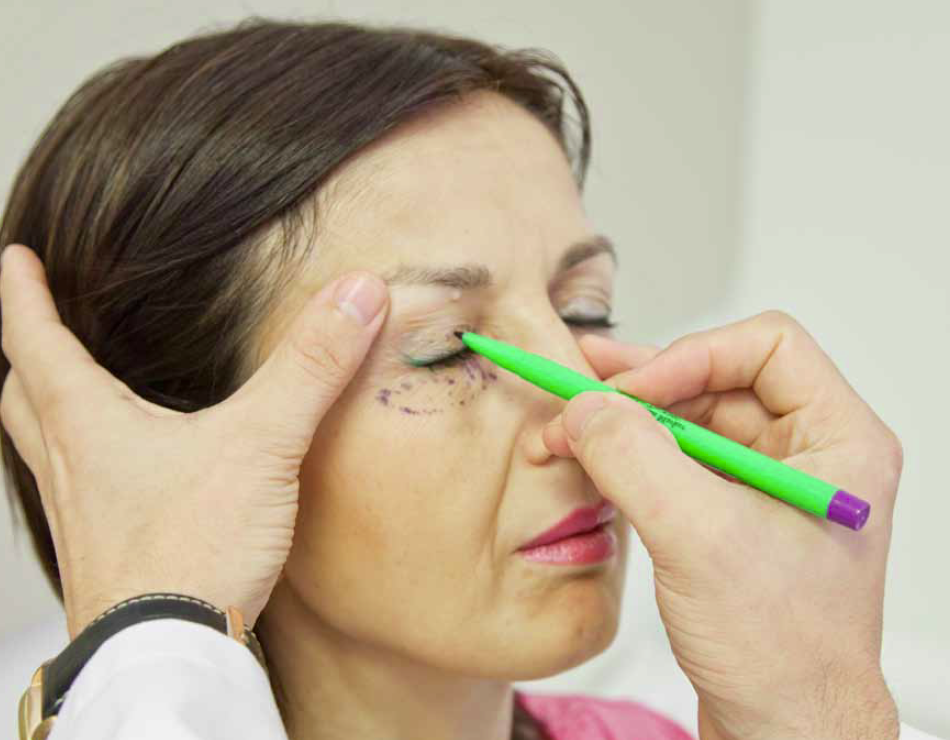What is Coronary Artery Disease?
Coronary artery disease (CAD), often referred to simply as coronary disease, is a medical condition that affects the blood vessels supplying the heart muscle with oxygen and nutrients. It is a type of cardiovascular disease. CAD occurs when these coronary arteries become narrowed or blocked due to the buildup of atherosclerotic plaque, which is made up of cholesterol, fat, calcium, and other substances.
The narrowing or blockage of coronary arteries reduces blood flow to the heart muscle, which can lead to various cardiac problems, including:
-
Angina: Chest pain or discomfort that occurs when the heart doesn’t receive enough blood and oxygen.
-
Myocardial Infarction (Heart Attack): When a coronary artery is severely blocked, it can lead to the death of heart muscle cells due to a lack of blood supply.
-
Heart Failure: Over time, chronic coronary artery disease can weaken the heart and lead to heart failure, where the heart is unable to pump blood effectively.
-
Arrhythmias: Irregular heart rhythms can result from damage to the heart muscle caused by CAD.
Coronary artery disease is a leading cause of heart-related morbidity and mortality worldwide. Lifestyle factors such as a poor diet, lack of exercise, smoking, and genetics can contribute to the development and progression of CAD. Managing CAD often involves lifestyle changes, medication, and, in some cases, medical procedures like angioplasty or bypass surgery to restore blood flow to the heart muscle. Early detection and management are crucial to prevent complications and improve outcomes for individuals with coronary disease.
Diagnostic Tests for Detecting Coronary Artery Disease
The diagnostic tests we can provide for heart diseases are:
- Holter Monitorization (a device to monitor the cardiac rhythm or blood pressure of the patient)
- Treadmill (an exercise test performed on a treadmill according to systemic protocol, based on the interpretation of ECG recordings while exercising)
- Stress Echocardiography (echocardiography taken during periods of rest determining the width of the cardiac cavity, malfunctions in the movement of the wall, and contraction functions of the heart)
- Myocardium Perfusion Scintigraphy (a test method used mainly to identify any problems in blood accumulation in the cardiac muscle)
- Coronary CT Angiography (a fast tomography device which emits the lowest dose of radiation that creates a cross-section image of the examined area using X-rays)
- Cardiac MRI Test (a test that provides valuable information on congenital cardiac diseases and cardiac cavities and enables detailed assessments of structures of the main arteries entering and exiting the heart)
- PET CT (a cardiac examination based on scintigraphy. This method is utilized to observe viability of the heart)
Interventional Methods for Diagnosing Heart Diseases
There are also some interventional methods for diagnosing heart diseases:
Coronary Angiography is the most reliable method used to assess the anatomical structure of arterial constriction, and to provide functional assessment with supplementary techniques. This method is used in patients whose results from other tests show coronary constriction, patients who are scheduled for stent or balloon angioplasty, or in the diagnosis and treatment of emergency heart attacks.
The treatment of coronary artery disease involves lifestyle changes (quitting smoking, adopting a healthy diet, keeping blood sugar in control, exercising regularly) and medications. But in some cases, surgery and/or an interventional treatment method might be necessary. Most common interventional methods to treat coronary artery disease include balloon angioplasty, stent placement and coronary artery bypass surgery.
Coronary Angioplasty and Stent Placement
Coronary angioplasty is the widening of local stenosis in coronary arteries using non-surgical methods. A ‘guide wire’ is inserted and pushed from the inguinal arteries through the coronary arteries. A deflated balloon slides through this wire until it reaches the constricted area. When the balloon is inflated from outside, the stenosis in the coronary arteries will be treated. Nevertheless, not every coronary constriction can be treated with this method; some patients may need bypass surgery.
Learn more about: Surgical Therapies For Heart Diseases
Book your free consultation. Learn if this procedure is for you.






























